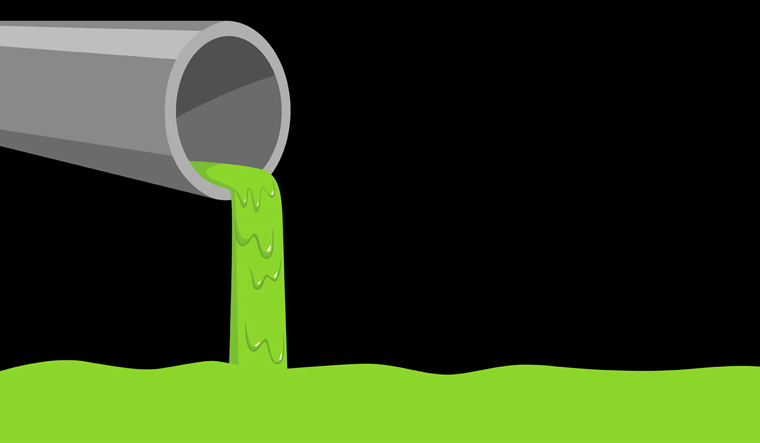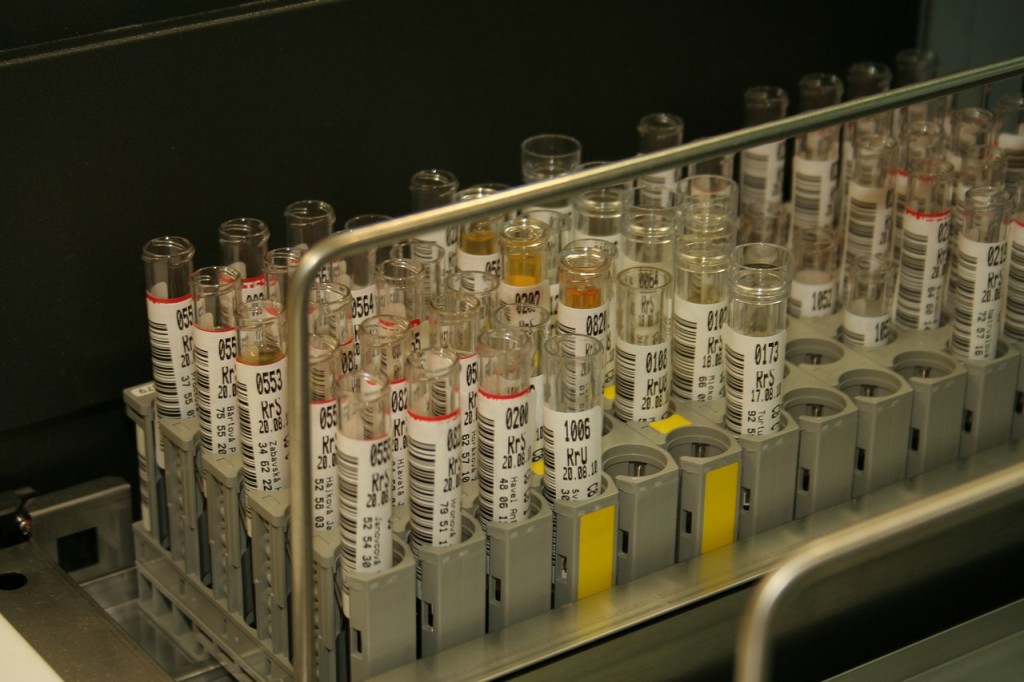Comprehensive Liquid Waste Disposal: Solutions for Residences and Services
Comprehensive Liquid Waste Disposal: Solutions for Residences and Services
Blog Article
Comprehending the Comprehensive Refine of Liquid Garbage Disposal: Ideal Practices and Environmental Influence Factors To Consider
The monitoring of fluid waste disposal is a multifaceted concern that calls for a complete understanding of numerous best techniques and their linked environmental effects. From the types of liquid waste produced to the approaches employed for collection, treatment, and final disposal, each action plays an important duty in protecting communities and public health.
Sorts Of Fluid Waste
Comprehending the numerous kinds of liquid waste is crucial for reliable administration and disposal techniques. Liquid waste can be extensively classified right into several types, each needing one-of-a-kind handling and treatment approaches.
Industrial fluid waste frequently includes unsafe products, consisting of heavy steels, solvents, and chemicals, created during producing processes. These wastes require rigorous governing conformity to secure human health and wellness and the environment. Domestic fluid waste primarily describes wastewater created from households, consisting of sewage and greywater, which, although much less toxic, can still posture significant threats if improperly managed.
Agricultural fluid waste, including drainage from farms, typically consists of fertilizers and chemicals that can lead to ecological deterioration if not treated adequately. Clinical fluid waste, created from health care centers, includes infected fluids such as bodily fluids and chemicals, calling for specialized disposal techniques to prevent infection and ecological contamination.
Lastly, oil and grease waste, commonly produced by restaurants and automobile markets, can create serious obstructions in sewage system systems if not managed effectively. Comprehending these classifications promotes targeted methods for therapy, conformity with policies, and effective disposal methods, ultimately promoting ecological sustainability and public wellness safety.

Collection Methods
Efficient collection techniques are critical for the proper administration of liquid waste, guaranteeing that it is collected safely and efficiently prior to therapy or disposal. Various techniques are used relying on the kind of fluid waste produced, the quantity, and the particular characteristics of the waste.
One typical method is the use of committed collection tanks or sumps, which are created to record liquid waste at the resource. These systems often integrate pumps that facilitate the transfer of waste to bigger storage space containers or treatment facilities. In addition, mobile collection devices geared up with vacuum modern technology are employed in scenarios where waste is created intermittently or in hard-to-reach locations.
For industrial setups, closed-loop systems can properly reduce spills and leaks, permitting the healing and reuse of fluid waste. It is also crucial to educate workers on proper collection methods to reduce risks connected with harmful substances.
Additionally, carrying out routine maintenance schedules for collection devices guarantees optimum efficiency and safety and security. The combination of innovative surveillance systems can enhance collection effectiveness by giving real-time data on waste levels and potential risks. Generally, effective collection techniques are fundamental to sustainable liquid waste administration methods.
Therapy Processes
Treatment processes play an important duty in the administration of fluid waste, changing potentially dangerous products right into risk-free effluents or recyclable resources - liquid waste disposal. These procedures can be extensively categorized right into physical, chemical, and organic approaches, each tailored to address details pollutants existing in the waste stream
Physical therapy methods, such as sedimentation and purification, job by eliminating put on hold solids and particulate matter. These methods are often the very first step in the treatment chain, properly minimizing the lots on subsequent processes. Chemical therapies entail making use of reagents to neutralize get redirected here damaging substances, speed up hefty metals, or oxidize organic toxins, thus enhancing the safety and security of the effluent.
Organic therapy procedures, consisting of triggered sludge systems and anaerobic food digestion, utilize on the all-natural capabilities of microorganisms to deteriorate organic matter. These methods are especially effective for wastewater including naturally degradable toxins. Advanced therapy innovations, such as membrane layer filtration and advanced Web Site oxidation procedures, are significantly used to accomplish higher levels of filtration.
Integrating a mix of these therapy methods not just ensures compliance with regulatory criteria yet additionally advertises environmental sustainability by recovering important sources from fluid waste.
Disposal Options
How can organizations guarantee the accountable and risk-free disposal of liquid waste? Effective disposal choices are critical for safeguarding public wellness and the environment. The main methods consist of land therapy, incineration, and disposal complied with by discharge right into community wastewater systems.
Land disposal involves the careful control of fluid waste in marked land fills, ensuring that it does not leach right into surrounding soil or water. Incineration, on the other hand, topics liquid waste to high temperatures, converting it right into ash and gases, which need proper purification to lessen emissions. This method is ideal for hazardous wastes that can not be treated through typical means.
In situations where liquid waste can be dealt with, organizations might go with chemical or organic therapy procedures to counteract dangerous components prior to releasing the treated effluent right into municipal systems. This course commonly straightens with governing demands, making certain that the effluent meets safety standards.
Eventually, organizations have to perform complete assessments of each disposal option to determine its stability, thinking about elements such as waste composition, regulatory compliance, and prospective threats to health and the environment. By picking suitable disposal methods, services can add to an accountable waste monitoring strategy.
Environmental Effect
The ecological impact of liquid waste disposal is an important factor to consider for companies seeking to decrease their eco-friendly impact. Additionally, the discharge of untreated or improperly treated waste into surface waters can result in eutrophication, leading to oxygen exhaustion and the subsequent death of fish and various other microorganisms.

To minimize these impacts, companies need to adopt finest methods such as carrying out extensive waste treatment processes, advertising recycling and reuse, and sticking to governing requirements. By taking a positive method to fluid waste administration, entities can significantly minimize their environmental impact while supporting lasting development goals. Inevitably, a detailed understanding of the environmental influences associated with fluid garbage disposal is crucial for notified decision-making and responsible stewardship of natural deposits.
Conclusion
Efficient monitoring of fluid waste is crucial for protecting ecological stability and public health and wellness. By taking on ideal methods in therapy, disposal, and collection, together with adherence to governing standards, the potential for harmful contamination of ecosystems can be dramatically decreased. Continuous improvements in technology and procedures add to lasting waste monitoring efforts. Inevitably, a comprehensive understanding of liquid waste disposal not only reduces ecological effects however likewise promotes a dedication to liable resource monitoring and environmental stewardship.
The monitoring of liquid waste disposal is a complex problem that requires a complete understanding of various finest methods and their connected ecological impacts. From the types of liquid waste created to the methods used for collection, therapy, and final disposal, each step plays an important function in protecting environments and public health and wellness.The ecological impact of fluid waste disposal is an essential factor to consider for organizations seeking to minimize their eco-friendly footprint. Ultimately, a detailed understanding of the ecological effects connected with liquid waste disposal is essential for notified decision-making and responsible stewardship of all-natural sources.
Inevitably, a detailed understanding of liquid waste disposal not only minimizes environmental effects but additionally cultivates a commitment to accountable resource administration and environmental stewardship.
Report this page